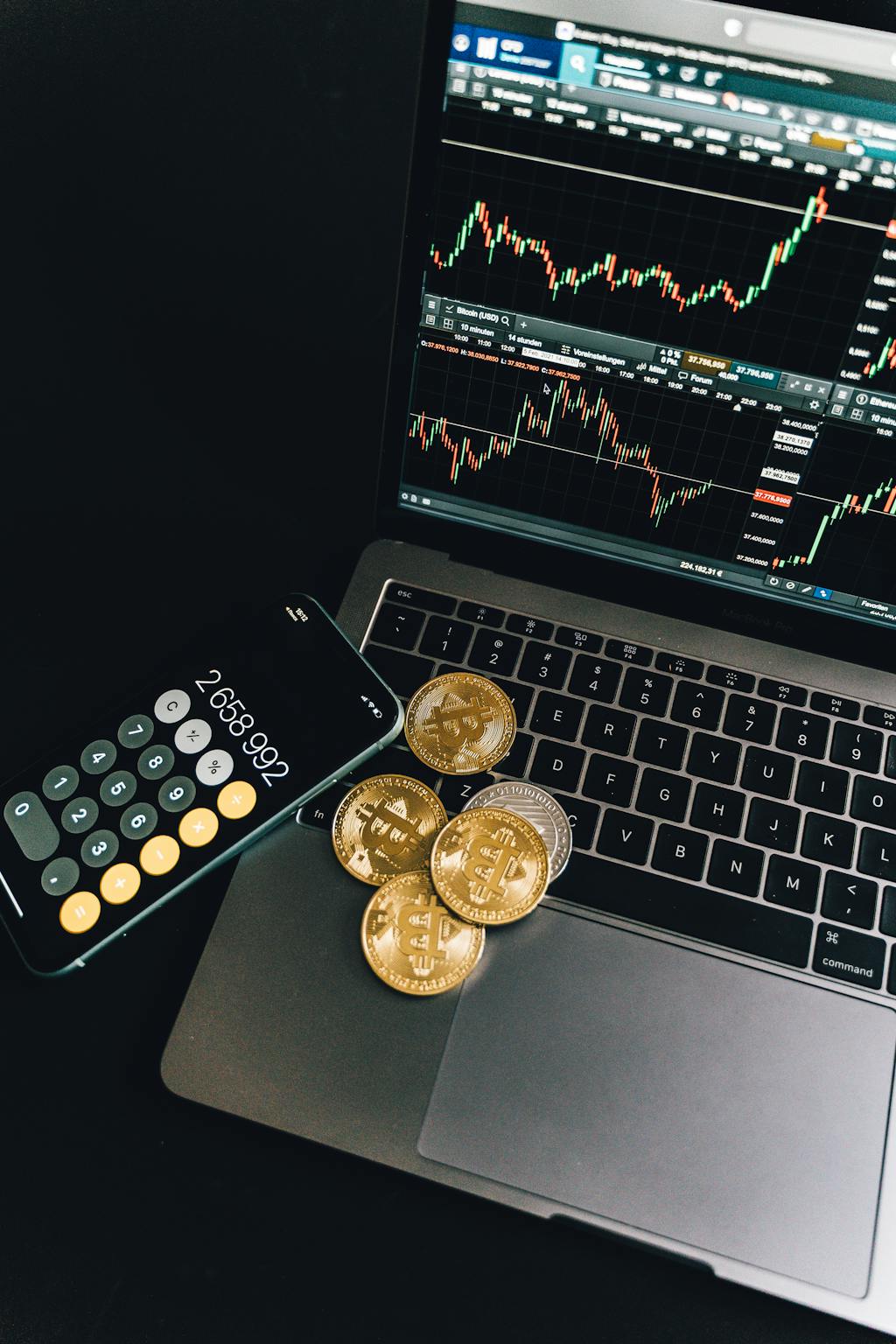In a shocking development that highlights the ongoing challenges of cryptocurrency regulation and oversight, Iranian officials have been accused of embezzling $21 million in digital assets while conducting an anti-corruption investigation. This incident has sent ripples through the crypto community and raised serious questions about regulatory accountability.
Key Highlights of the Iranian Crypto Scandal
- Officials allegedly misappropriated $21 million in cryptocurrency
- Cryptoland CEO Sina Estavi was deceived into paying $10,000 ransom
- Investigation originally meant to combat corruption turned corrupt itself
The Elaborate Scheme Unveiled
According to reports, what began as an anti-corruption investigation quickly transformed into an elaborate scheme to defraud cryptocurrency holders. The case took a particularly dramatic turn when Cryptoland CEO Sina Estavi was manipulated into paying $10,000 to supposedly recover stolen tokens from what he believed was a third party.
SPONSORED
Trade with confidence using advanced security measures and multi-collateral support
Implications for Crypto Regulation
This incident bears striking similarities to recent calls for clearer crypto regulations, highlighting the urgent need for transparent oversight mechanisms in the cryptocurrency sector. The case demonstrates how regulatory bodies themselves can become vectors for cryptocurrency-related crimes.
FAQ Section
What happened to the stolen cryptocurrency?
The current whereabouts of the $21 million in stolen cryptocurrency remains under investigation.
How did officials manage to execute this scheme?
The officials allegedly used their investigative authority to gain access to cryptocurrency assets, then diverted them through multiple wallets.
What measures are being taken to prevent similar incidents?
Iranian authorities have launched a separate investigation into the matter, with international cryptocurrency tracking firms being consulted.
Looking Forward: Security Implications
This incident serves as a crucial reminder of the importance of robust security measures in cryptocurrency operations and the need for multiple layers of oversight in regulatory investigations.
